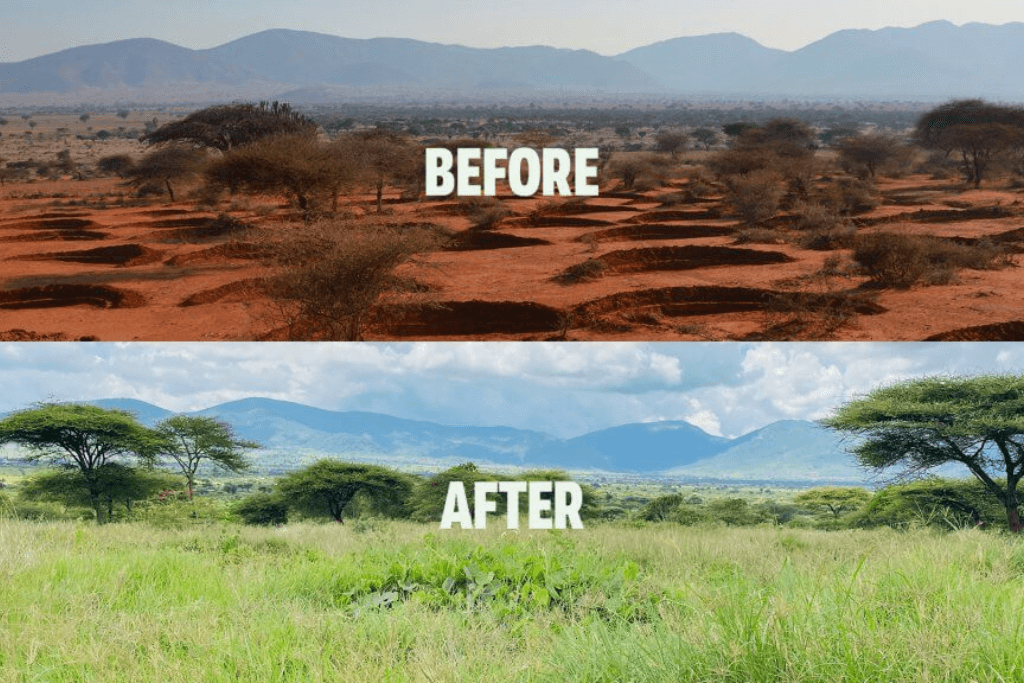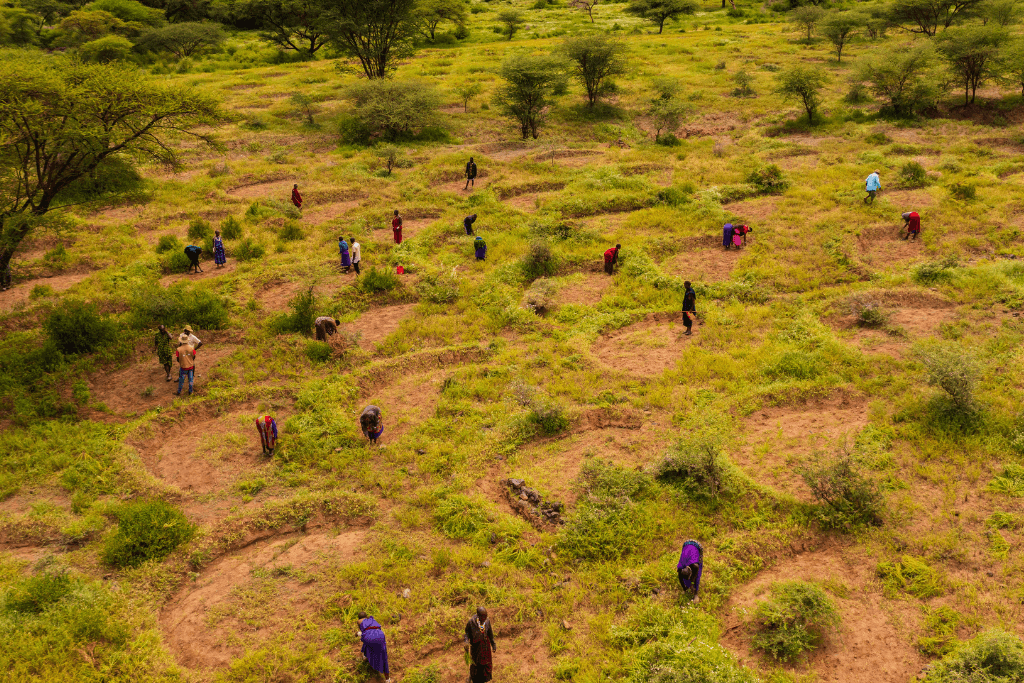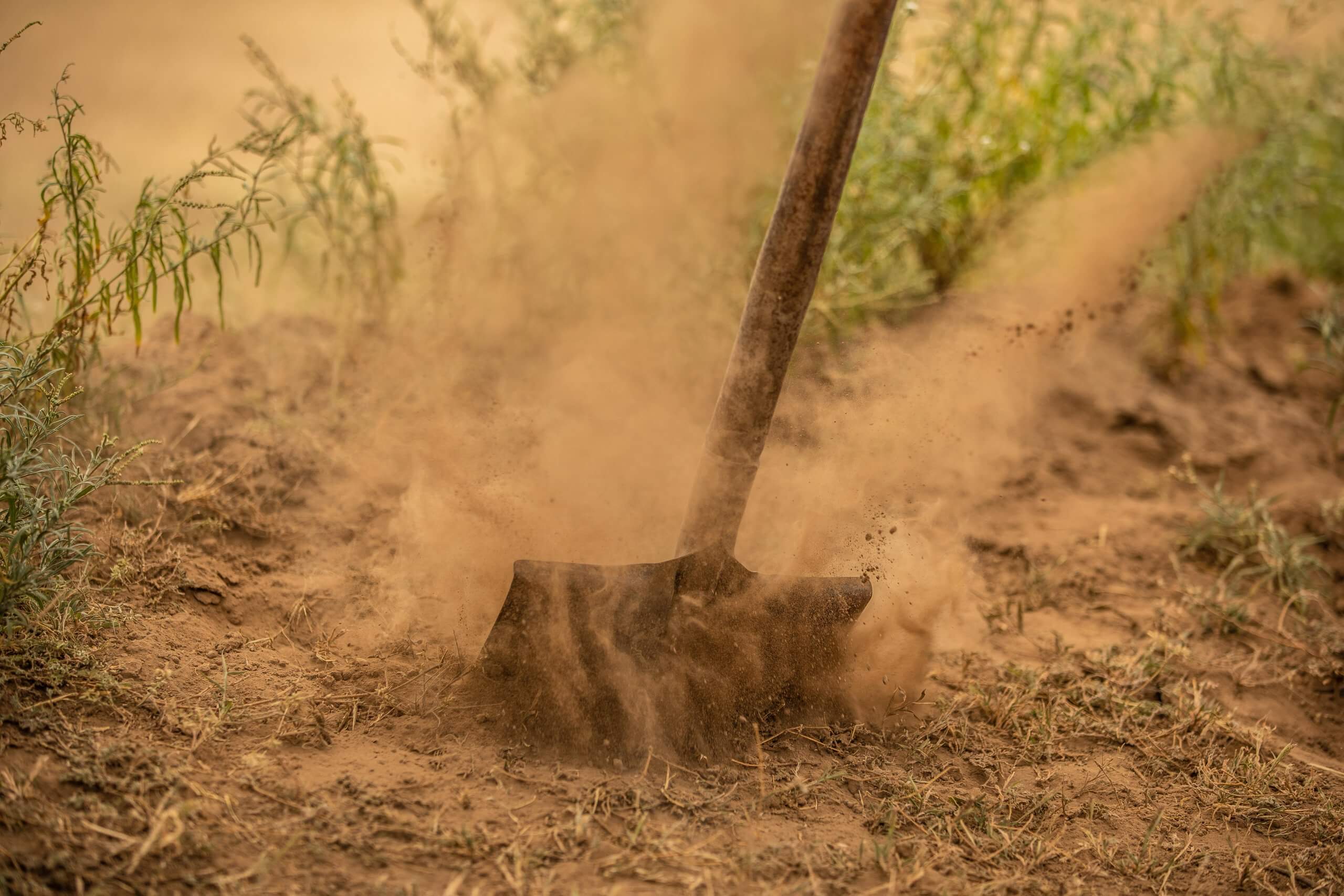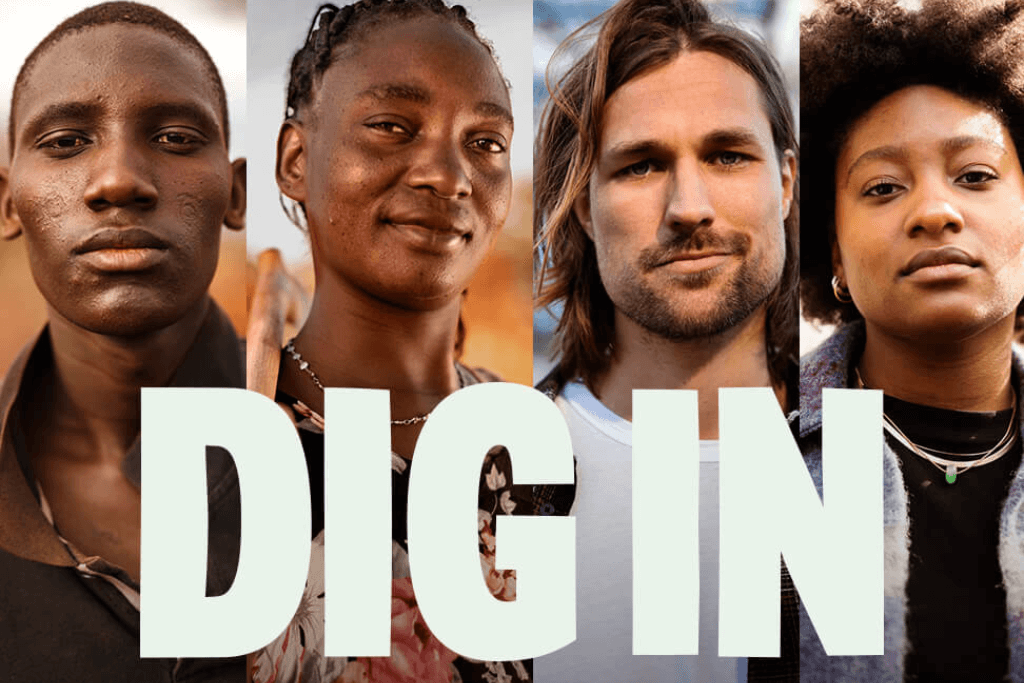Rombo – February 2024
Rombo Update!
Rombo Extension programme: An update from the field…
Finally! After a long period of drought, November brought abundant rainfall to the project in the Rombo Extension area. This most definitely shook things up and affected our work drastically. We’ll get you up to speed on the most important developments in the Rombo Extension programme over the last six months.

A blessing and a curse
The last few years have been marked by a severe drought in the larger Chyulu landscape. This has increased land degradation and intensified the pressure on resources for people, their livestock and wildlife. In November of last year, this period of drought came to an end with a bang: some areas received a total of 500 millimeters of rainfall, which equals the average annual amount. Since large parts of the soil in the Chyulu landscapes have dried up and are severely degraded, this amount of water could not be retained. Severe floodings were a result.
Of course, all this rain was good news for vegetation cover and wildlife. We have seen a great increase in perennial grasses that can help restore this landscape. Community rangers have reported increased sightings of wildlife as well, especially giant elands, giraffes, zebras and gazelles.
However, due to the earlier dry spell, a significant part of the planted seeds of our programmes have died. We are currently taking action to reseed parts of this area to boost restoration.
Grazing and community meetings
During this reporting period, we helped organise two community meetings. In the first meeting, we invited grazing committee members to discuss the proper maintenance of the sites. These committees play a very important role in the programme since they decide where community members are allowed to graze their livestock throughout the year.
7 new members joined the grazing committee during this period. The meeting was therefore also to build their capacity and create plans to better enforce the grazing rules in the area, especially at the bund site.
To get the entire community involved and create community ownership of the programme, we also organised a meeting where community members were invited to learn more about the goal and the current status of the programme. A total of 104 people joined!
New guardians of the bund sites
We employed 8 community members as permanent rangers in the last six months. They are essential to the success of the programme as they enforce grazing rules, thus ensuring the regreened areas are protected from overgrazing by livestock, one of the main drivers behind land degradation. They also protect the wildlife in the areas from poachers. In all of our project areas, we organise training sessions for the rangers. In these sessions they learn about the need and the process of restoration, their responsibilities as a ranger, the challenges they could face in the field, and the solutions to these challenges. With this training, the rangers can protect the regreened areas even better!
Sustainable grazing: now and in the future
It is important for the communities that the area can eventually be used for grazing again. And that’s not necessarily a bad thing, because grazing done sustainably does not harm the soil or projects. To assist sustainable grazing in the future and help grazing committees make informed decisions on grazing, we started developing a tool with a group of researchers from Eageron University in Nairobi. The tool, which is currently in the final stages of development, enables us to determine the number of animals (cows, goats, sheep) that can graze in the project sites without damaging it while taking into account grazing wildlife as well.
What’s next…
In this next period, we aim to reseed parts of this area and repair a share of the bunds that have been damaged by the heavy rains. Given the success of our last meetings for boosting community understanding and ownership, a new grazing committee and community meetings are already planned for the next quarter. Finally, we have planned site visits to assess the status of the area, identify gaps and find areas of improvement based on the feedback from people on the ground.





